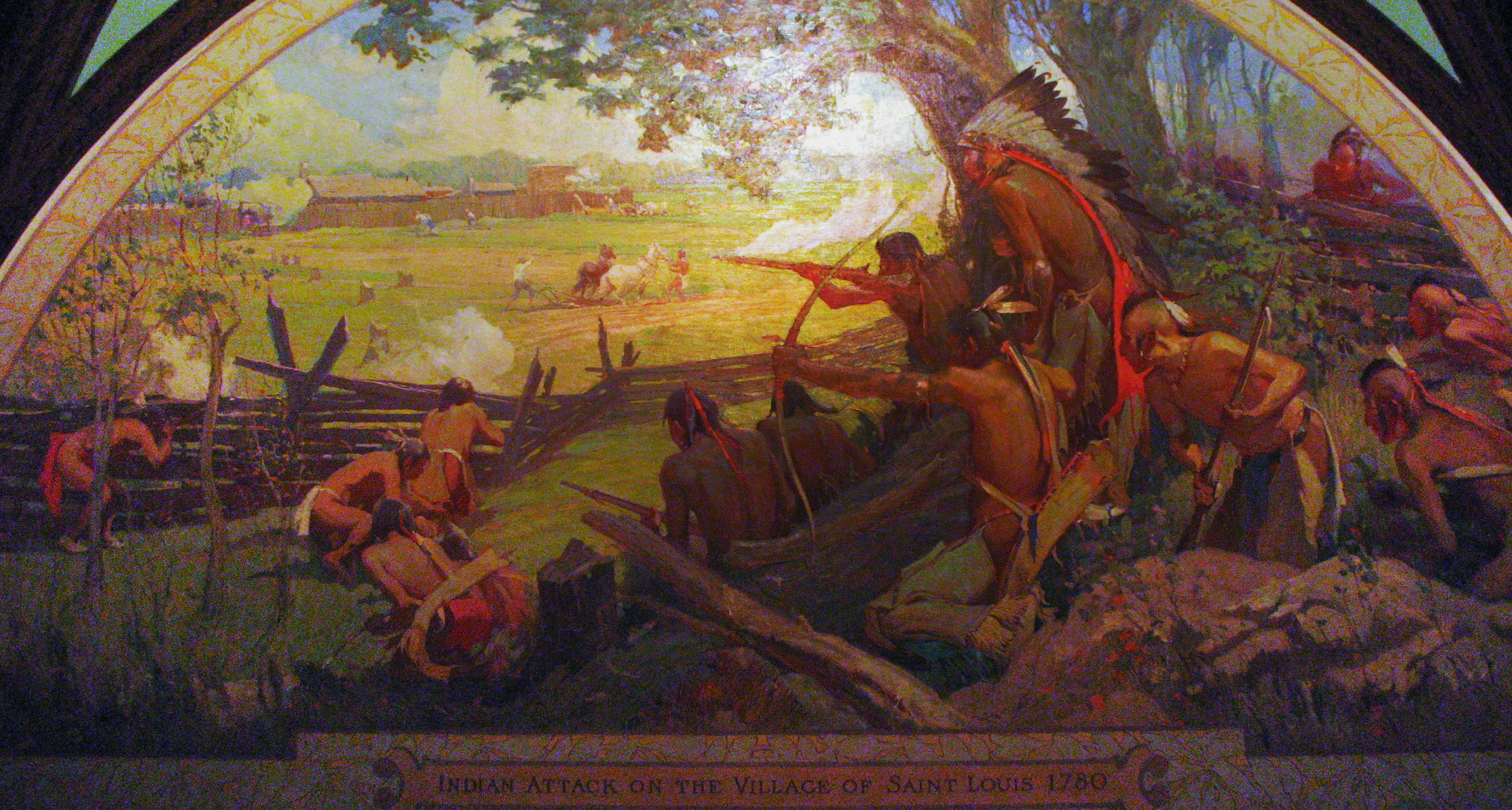Matchekewis on:
[Wikipedia]
[Google]
[Amazon]
Matchekewis (c.1735 – July 1805), also known as Madjeckewiss, Mash-i-pi-nash-i-wish or Bad Bird, was a respected
 In 1763, he took part in
In 1763, he took part in
Ojibwe
The Ojibwe, Ojibwa, Chippewa, or Saulteaux are an Anishinaabe people in what is currently southern Canada, the northern Midwestern United States, and Northern Plains.
According to the U.S. census, in the United States Ojibwe people are one of ...
war chief in present-day northern Michigan
Northern Michigan, also known as Northern Lower Michigan (known colloquially to residents of more southerly parts of the state and summer residents from cities such as Detroit as " Up North"), is a region of the U.S. state of Michigan. A popul ...
. He became famous for his role in the 1763 capture of Fort Michilimackinac
Fort Michilimackinac was an 18th-century French, and later British, fort and trading post at the Straits of Mackinac; it was built on the northern tip of the lower peninsula of the present-day state of Michigan in the United States. Built aroun ...
from the British during Pontiac's War
Pontiac's War (also known as Pontiac's Conspiracy or Pontiac's Rebellion) was launched in 1763 by a loose confederation of Native Americans dissatisfied with British rule in the Great Lakes region following the French and Indian War (1754–176 ...
. However, he subsequently became a staunch ally of Great Britain throughout the American Revolutionary War.
Military career
 In 1763, he took part in
In 1763, he took part in Pontiac's Rebellion
Pontiac's War (also known as Pontiac's Conspiracy or Pontiac's Rebellion) was launched in 1763 by a loose confederation of Native Americans dissatisfied with British rule in the Great Lakes region following the French and Indian War (1754–176 ...
in the capture of Fort Michilimackinac
Fort Michilimackinac was an 18th-century French, and later British, fort and trading post at the Straits of Mackinac; it was built on the northern tip of the lower peninsula of the present-day state of Michigan in the United States. Built aroun ...
from the British. But in 1780 he commanded his tribes in the American Revolutionary War
The American Revolutionary War (April 19, 1775 – September 3, 1783), also known as the Revolutionary War or American War of Independence, was a major war of the American Revolution. Widely considered as the war that secured the independence of t ...
as an ally of Great Britain
Great Britain is an island in the North Atlantic Ocean off the northwest coast of continental Europe. With an area of , it is the largest of the British Isles, the largest European island and the ninth-largest island in the world. It i ...
against Spain
, image_flag = Bandera de España.svg
, image_coat = Escudo de España (mazonado).svg
, national_motto = ''Plus ultra'' (Latin)(English: "Further Beyond")
, national_anthem = (English: "Royal March")
, i ...
. At the Battle of St. Louis
The Battle of St. Louis ( es, Batalla de San Luis), also known as the Battle of Fort San Carlos, was an unsuccessful attack by British-allied Indians on St. Louis (a French settlement in Spanish Louisiana, founded on the West Bank of the Miss ...
, in charge of all of the native American troops, he was defeated by the Spanish gunpowder weapons. After the war, he signed the Treaty of Greenville
The Treaty of Greenville, formally titled Treaty with the Wyandots, etc., was a 1795 treaty between the United States and indigenous nations of the Northwest Territory (now Midwestern United States), including the Wyandot and Delaware peoples ...
with the young United States, ceding Bois Blanc Island in Lake Huron, in addition to all of his original lands, to the United States.
References
{{DEFAULTSORT:Matchekiwis Native American leaders Native American people of the Indian Wars Native Americans in the American Revolution 18th-century births Year of death missing Native American people from Michigan